The dollar is depreciating. Since 1913 - when the FED was created - it is estimated that the greenback has lost approximately 95 percent of it's value. That means that the value of the money you have in savings is dwindling daily in purchasing power. One means of hedging against further devaluation of the dollar is to purchase silver and gold.
Recent ongoing price gains are increasingly beginning to focus investor's attention on the precious metals arena. However, one overlooked but potentially profitable means of using inflation to your advantage is to consider copper as a form of bullion. At the current price of copper, the old adage "a penny saved is a penny earned," is no longer accurate. Copper pennies are worth more than that. How much more? You'd be surprised!
While not everyone has the funds to invest in silver and gold, an affordable means of protecting your purchasing power and potentially profiting from inflation exists. Begin to acquire copper "bullion." You may not know it, but you've already begun. There's a lot of that bullion, in the form of circulating copper pennies, to be found. In some areas of the country, upon examination, as many as one in three pennies will be worth saving.
Until 1981, pennies were made of 95% copper and 5% zinc, hereinafter referred to as copper. Beginning in 1982, the alloy used to produce pennies was altered to 97.5% zinc and 2.5% copper, hereinafter referred to as zinc, to offset increased fabrication costs to the United States Mint as base metal prices became costlier.
Pennies exist in both bimetallic forms for that year and may be distinguished by weight; copper is heavier at 3.11 grams as compared to zinc at 2.5 grams. As well, you can tell the difference by sound. Drop a 1982 penny on a hard surface and copper will produce a distinctive melodic timbre, as opposed to a dull thud if it is zinc.
So, let's get started. Reach into your pocket and examine your change, then set aside those pennies made of copper. You might also have a piggy bank or a jar you've filled with a pile of loose coins. Save the copper, you can spend the zinc. When you finish your search at home, plan a visit to your local bank or credit union where you may purchase rolls of pennies other customers have brought in, or request to order a $25 box of pennies from the mint. Visit Realcent.forumco.com to learn all "the tricks of the trade."
At the present price of copper, United States pennies minted before 1982 are worth close to two times face value. A highly informative website, Coinflation.com, updates the value daily of the metal intrinsic to all forms of United States coinage. You'll find that this venture may introduce you to what can become an engrossing and often fascinating new hobby, that of collecting and completing a full set of Lincoln pennies. If so, welcome to the hobby of numismatics. For more information visit coppercoins.com.
While this means of investing in copper bullion is certainly feasible for everyone to participate in, your potential profit is limited by scale, and can only increase in magnitude if you have the means to accumulate a large stockpile of copper pennies. Thus, you may be interested in a coin-sorting machine which vastly simplifies the task for you. You simply pour the pennies in a chute and, magically, they are separated into piles of copper and zinc, at a extremely rapid pace. Visit Ryedalecoin.com to view a video of the Coin Artist or the Apprentice in action.
Perhaps you're savvy regarding bullion, and you'd like to take part in this new, burgeoning field of investment but, frankly, you don't have the time to spend. Well then, if that's the case, why not purchase the bullion? Your time, efforts spent acquiring pennies to inspect, and associated travel costs to return the zincs are worth something, and if the hobbyist aspect of this enterprise holds limited appeal for you then here are a few sites that have copper bullion for sale. Visit coppercave.com, or pennybullion.com to compare prices.
Finally, consider the wealth that might have been generated if, in 1965, you had begun - as did others - to withdraw the 1964 and older 90% silver coins from circulation and merely saved them. Those same coins are now worth at least twelve times their face value. One could dream of having access to an invention conjured by H. G. Wells to revisit those days or, upon reflection, reach the conclusion that you already have such a time machine, as virtually the same opportunity afforded by silver in 1965 now exists with copper today.
Caveat: It is currently illegal to melt copper pennies. The only intent of the advice offered herein is to suggest the potential price appreciation of copper bullion - as represented in the form of copper pennies - in the future as inflation accelerates. Tangible forms of all metals, held in your own possession, will someday be worth vastly more than at present.
Thursday, November 5, 2009
Subscribe to:
Post Comments (Atom)



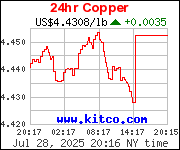


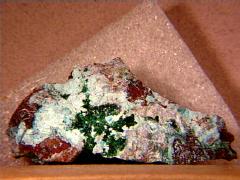

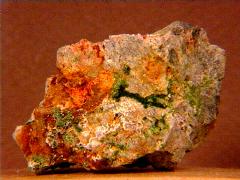
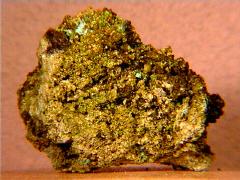
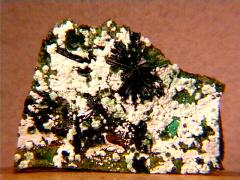
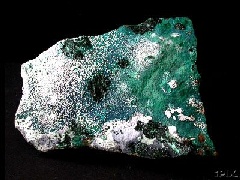


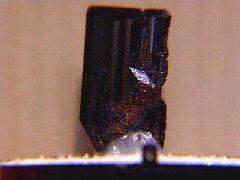
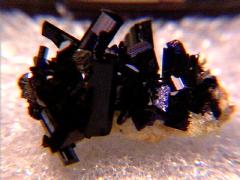
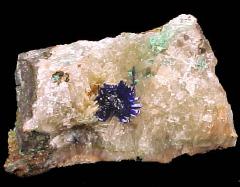









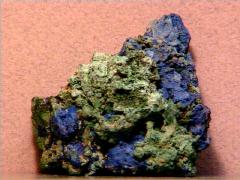

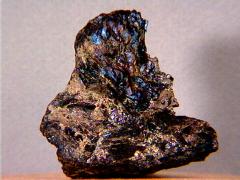




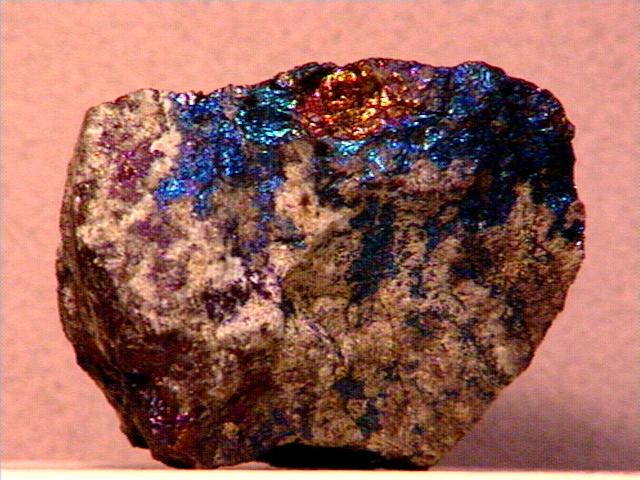


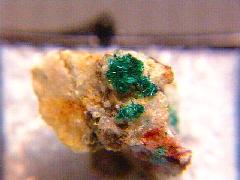
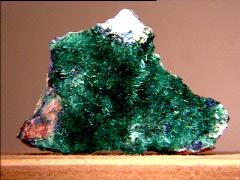






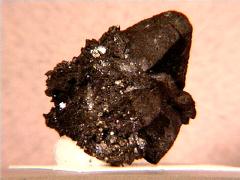
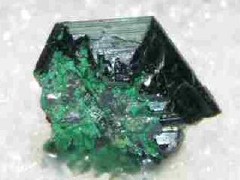
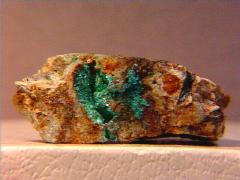

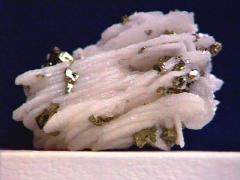
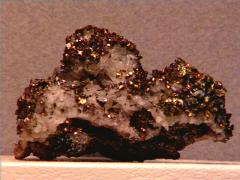

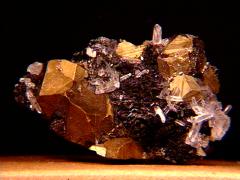
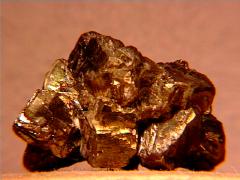




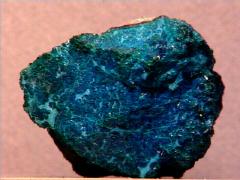
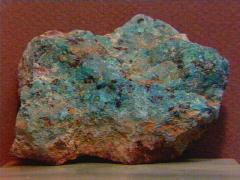


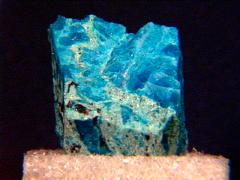
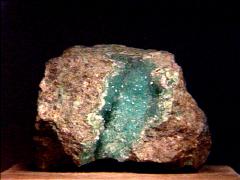
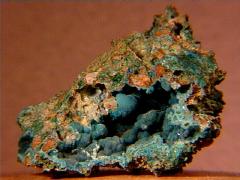
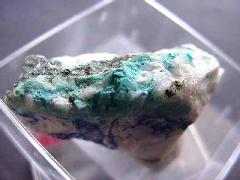
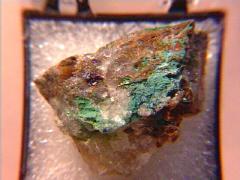
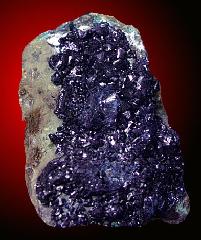
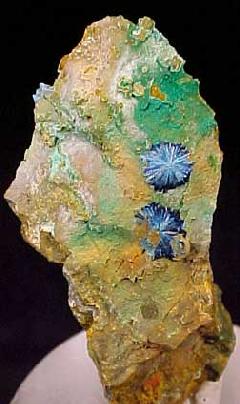
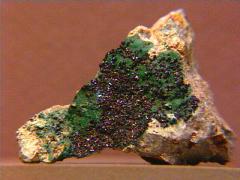

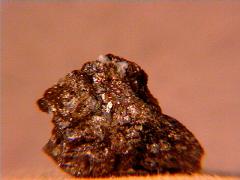
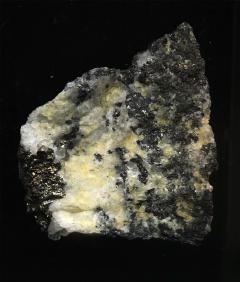






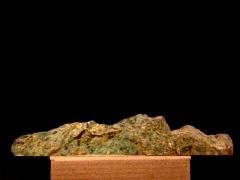



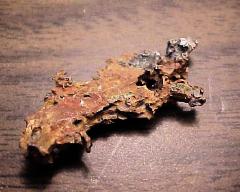
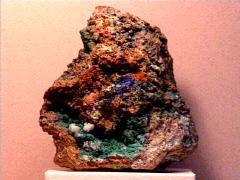


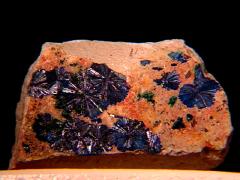
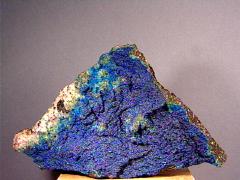

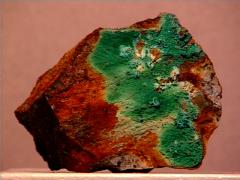


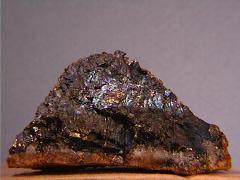
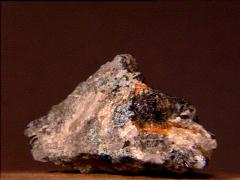


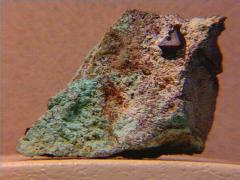


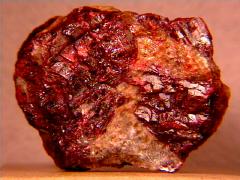
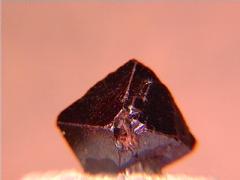

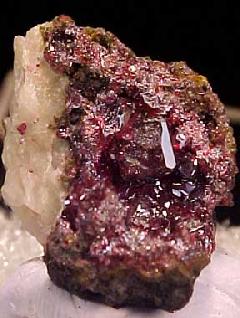


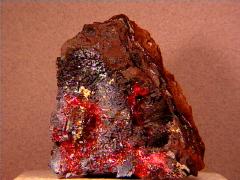


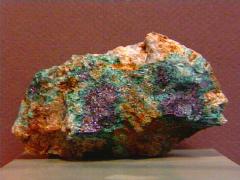

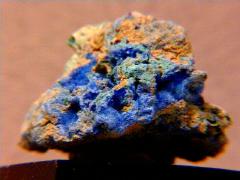

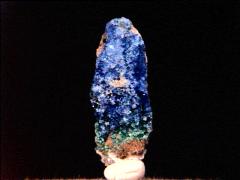




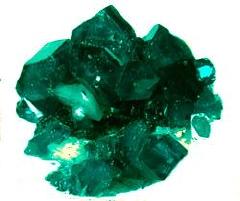



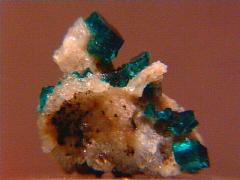








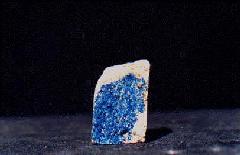


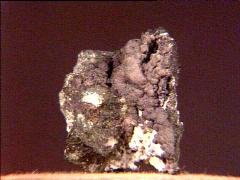
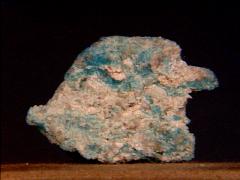
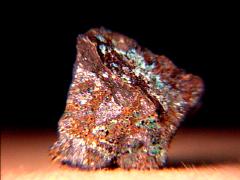





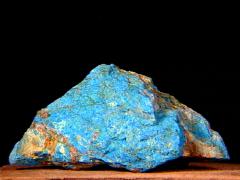

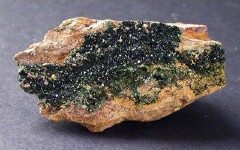


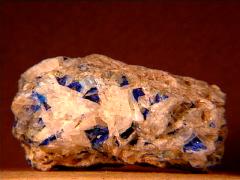
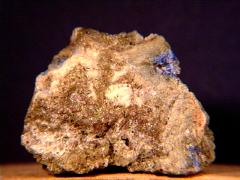


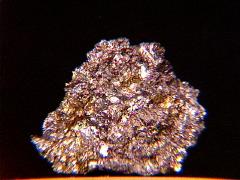
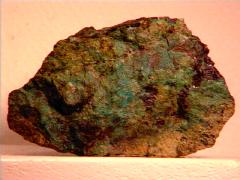
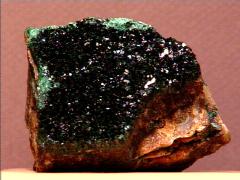
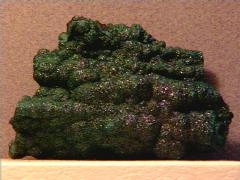




No comments:
Post a Comment